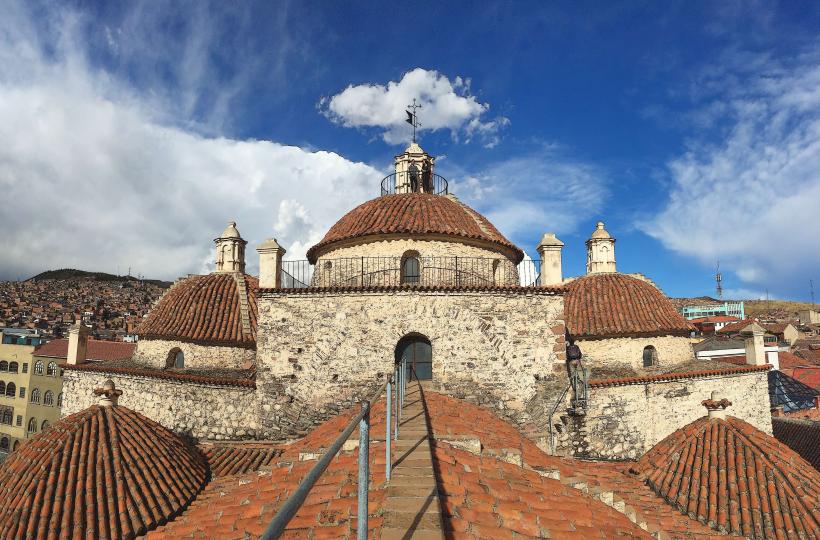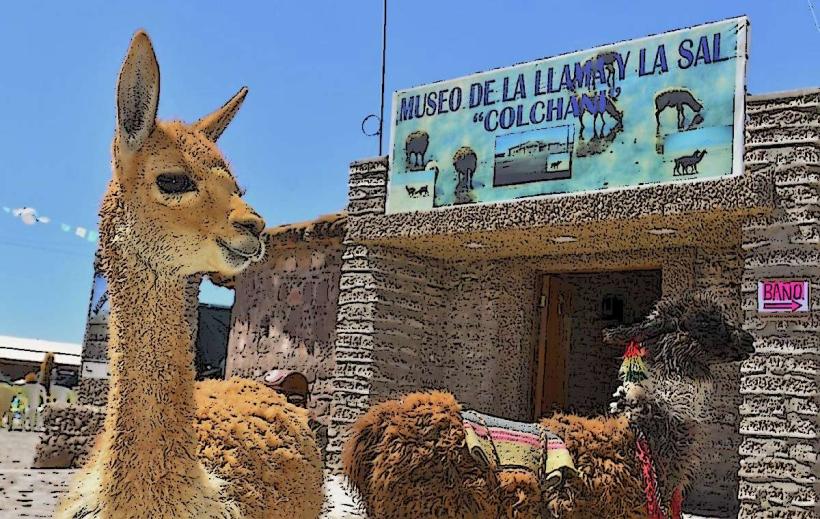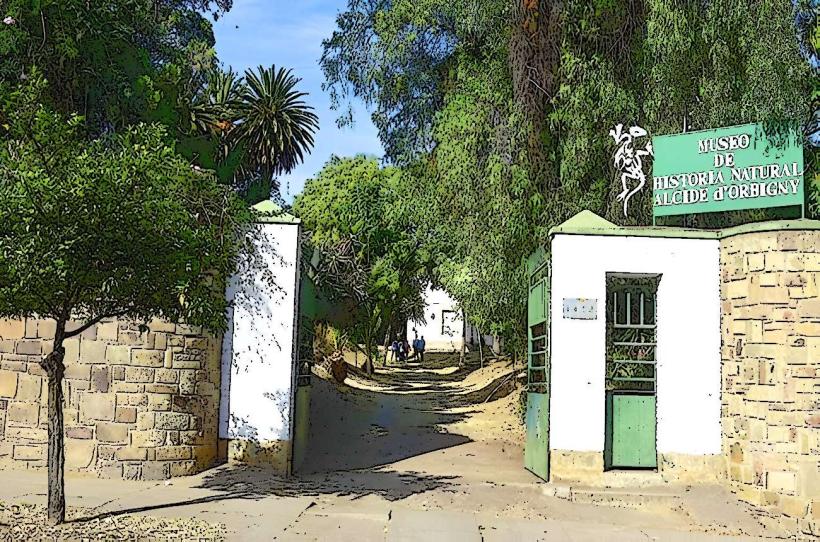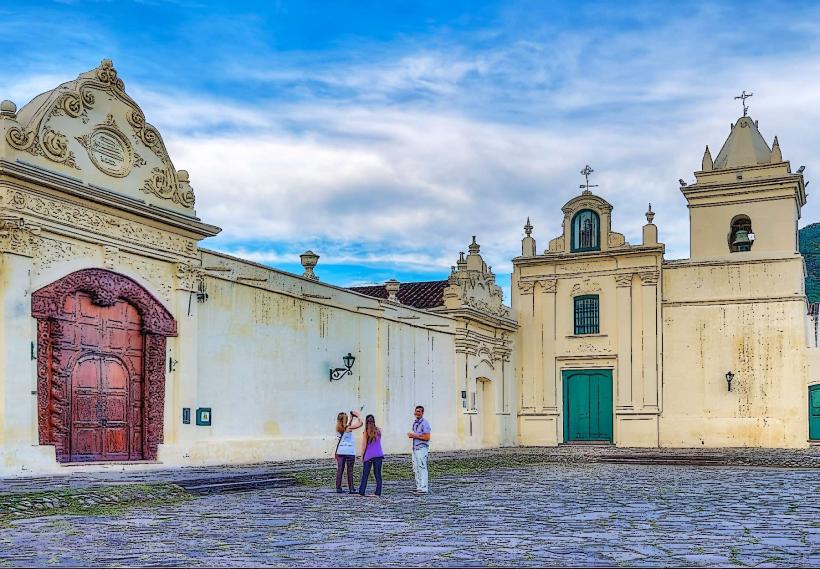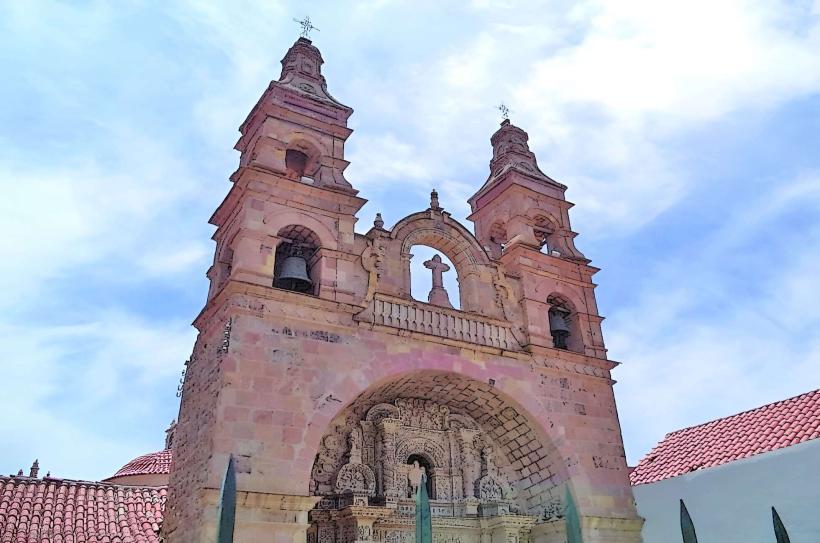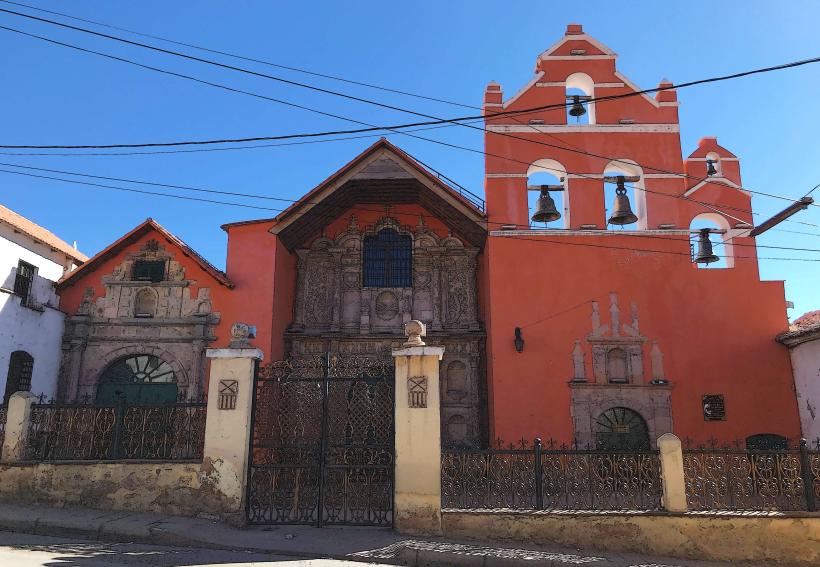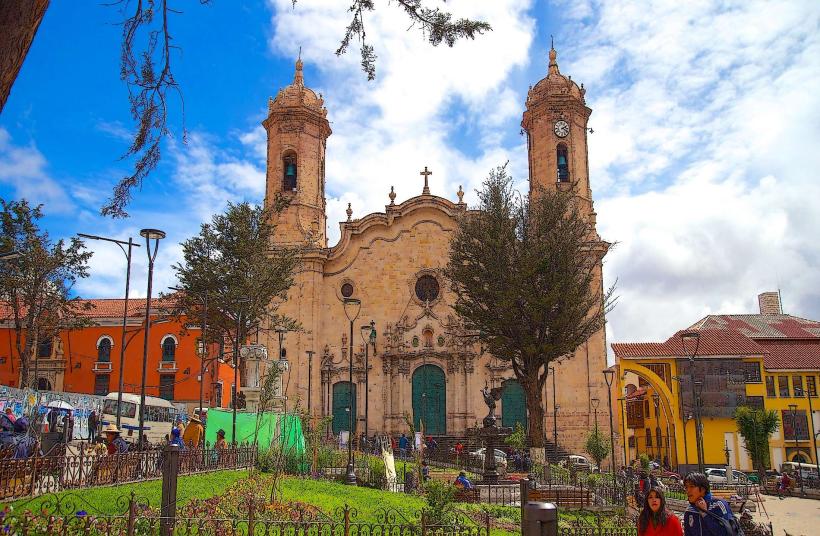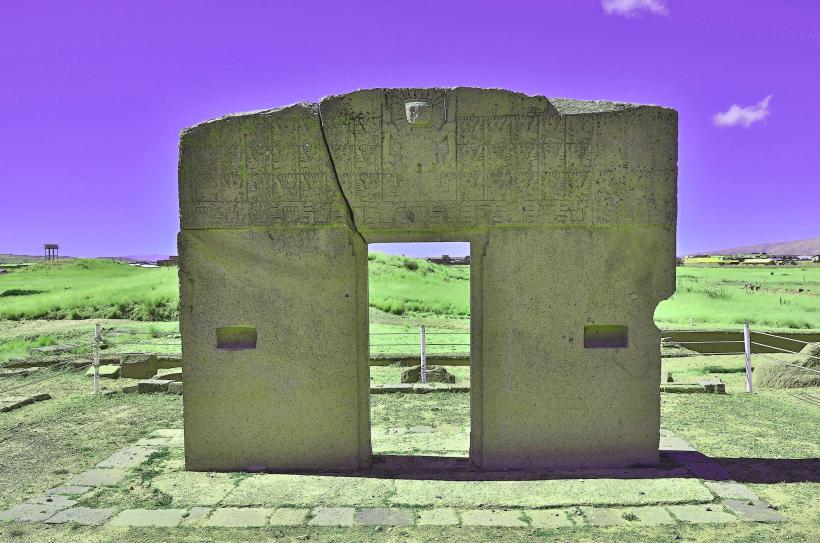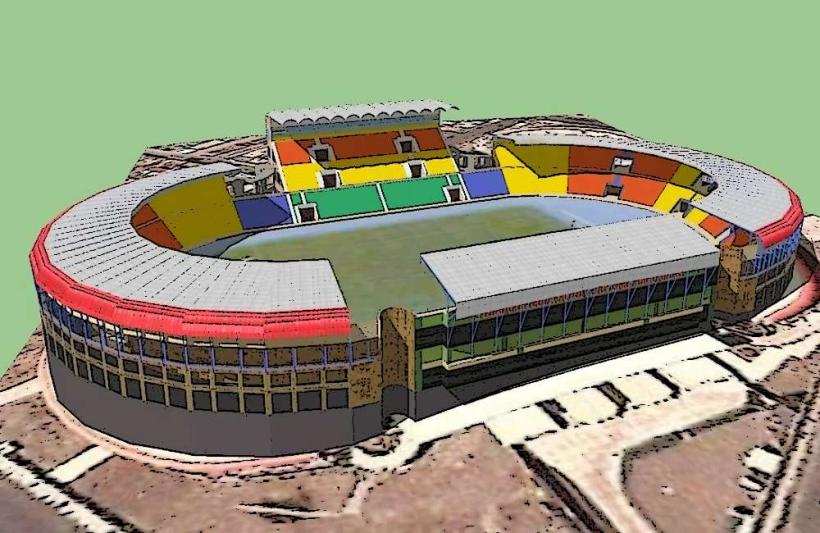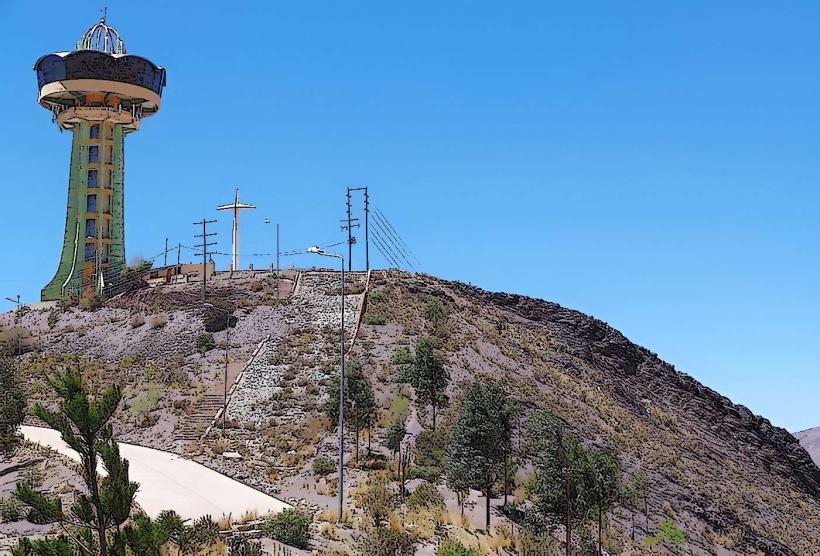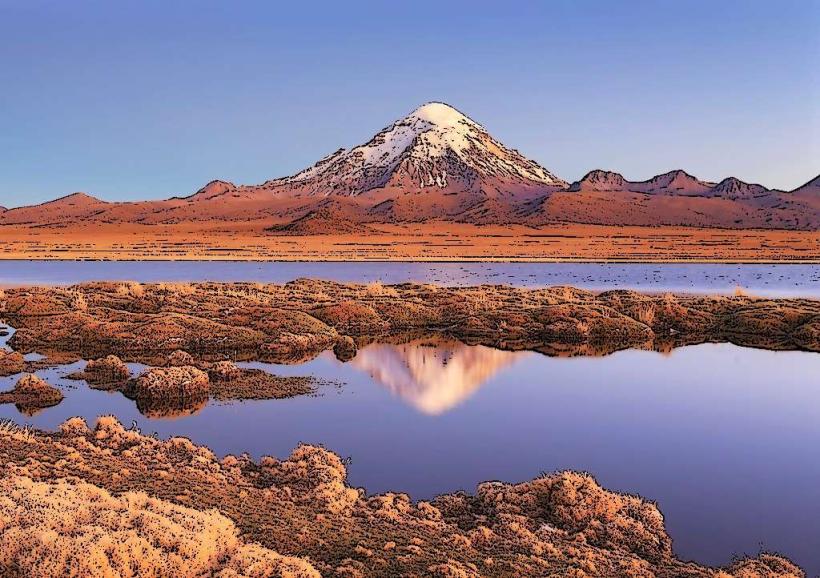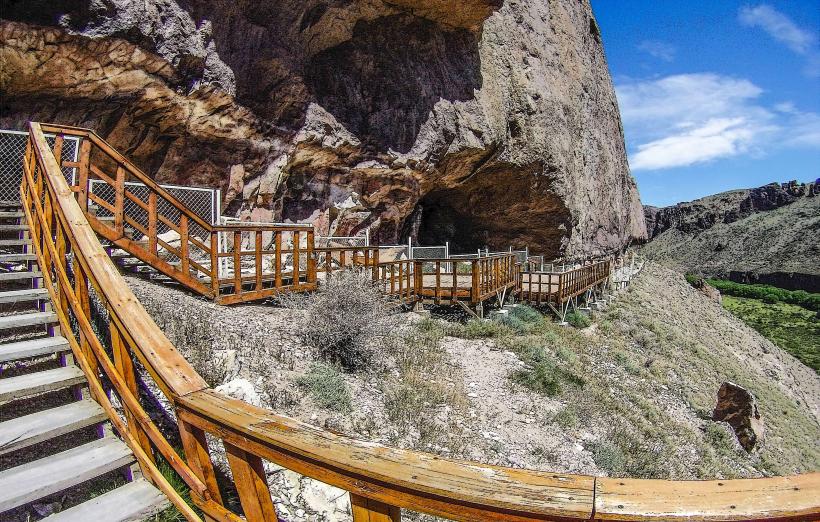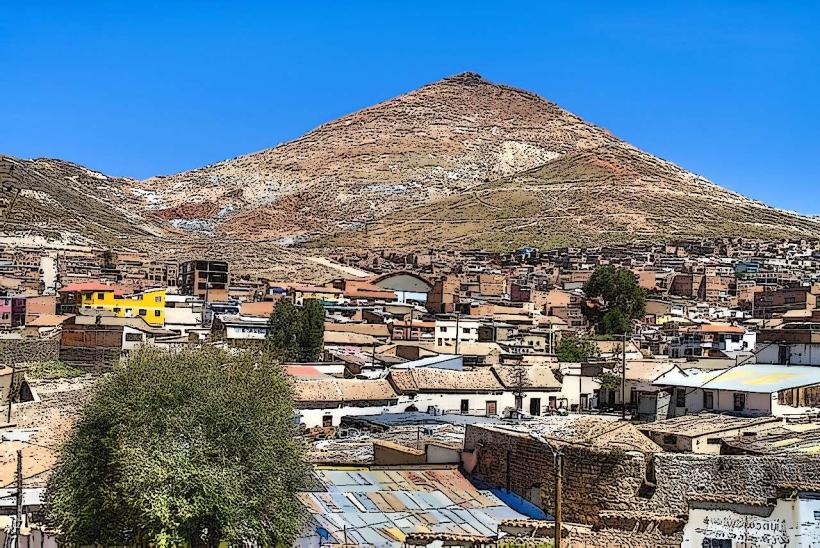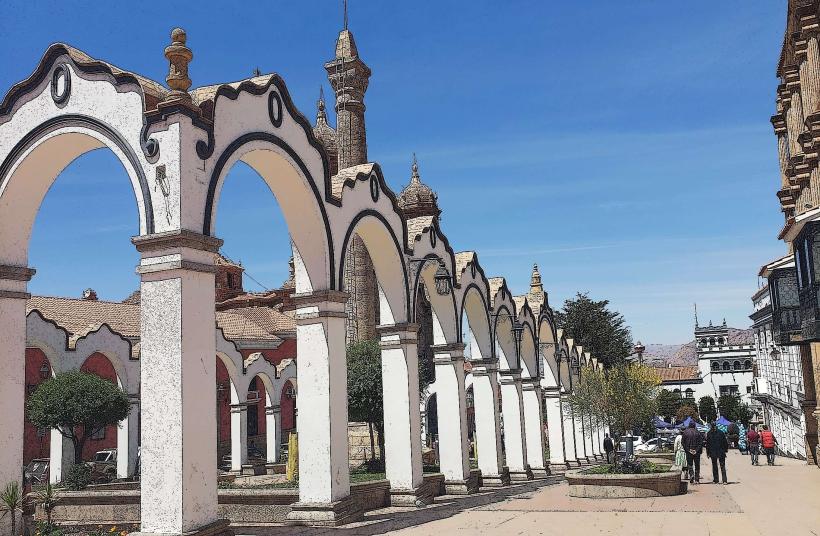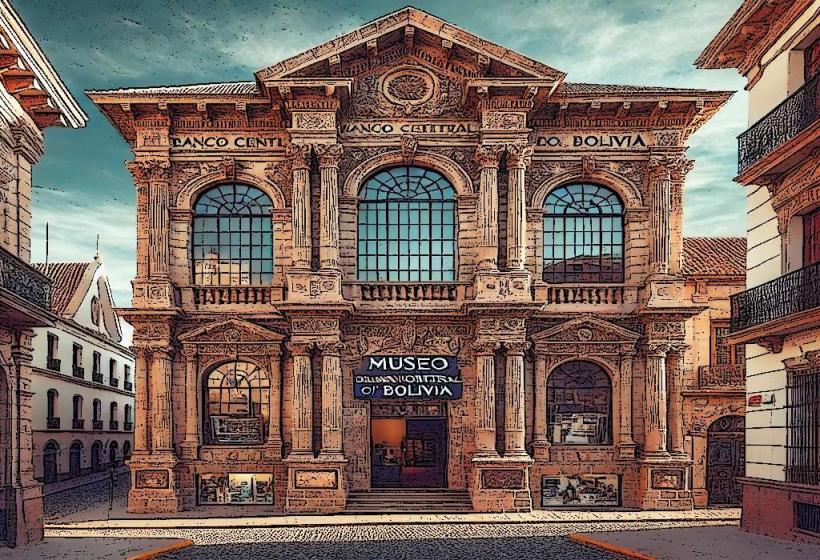Information
Landmark: Cerro Rico de PotosíCity: Potosi
Country: Bolivia
Continent: South America
Cerro Rico de Potosí, Potosi, Bolivia, South America
Overview
Cerro Rico de Potosí, or the “Rich Hill,” rises above the city of Potosí, Bolivia, its silver-streaked slopes marking it as one of the country’s most storied and unforgettable landmarks, in addition rising high above the city of Potosí, this mountain stands as a stark reminder of Bolivia’s colonial past, its once-great silver wealth, and the heavy toll taken on its land.It’s known for its silver mines, once so vast and rich that carts rattled out of the tunnels heavy with ore, at the same time cerro Rico has yielded silver since the 16th century, when Spanish colonizers first struck the mountainside with their picks.During the Spanish colonial era, the mountain’s mines poured out vast loads of silver-bars stacked like bricks-that swelled the Spanish Empire’s coffers and helped bankroll Europe’s rival powers, furthermore at its height, the Cerro Rico mines poured out so much silver that Potosí swelled into one of the richest cities in the Americas, its streets gleaming with coin and dusted with metal shavings.But silver didn’t come cheap-it cost thousands of Indigenous people and enslaved Africans their lives, forcing them into dim, suffocating mines where danger waited at every turn, then to many, the mountain stands as a stark symbol of how Bolivia’s land and its people have been mined, stripped, and used-like veins of silver pulled from deep inside it.Rising to roughly 4,800 meters-about 15,750 feet-Cerro Rico towers over Potosí, its jagged slopes cutting sharply against the thin, shining mountain sky, moreover the mountain’s deep silver seams earned it the name “Cerro Rico,” or “Rich Hill,” as its tunnels once glittered with some of the largest, most valuable veins ever found.The mountain rises with steep, jagged slopes, its rocky skin catching the wind, and the stark land around it feels both breathtaking and unforgiving, alternatively a visit to Cerro Rico de Potosí, where the wind carries the scent of dust and silver.Today, Cerro Rico still hums with the sound of pickaxes, though the silver pulled from its depths has dropped sharply, while visitors can join a guided tour that winds deep into the mountain, where they’ll discover heritage timber supports and hear the steady hum of modern mining machines.These tours often take you down into the tunnels, where miners still chip away at the rock with the same hand tools their grandparents used, after that it’s a rare chance to notice up close the history that shaped the mining industry, and to feel the grit and determination of miners who still face the murky, cramped tunnels and daily hazards of the job.Number two sat there on the page, simple and unblinking, like a compact black mark in the margin, in conjunction with if you’d rather skip the mines, climb to one of the mountain’s lookout points, where the whole sweep of Potosí and the rugged hills beyond stretches out under the sharp, high-altitude sun, perhaps The mountain grabs your eye, its rugged slopes perfect for a photo-especially at sunset, when golden light spills across the ridges and shadows stretch deep into the valleys, after that three.Visitors to Cerro Rico can’t miss the weight of its past-the mines that once rang with hammer strikes built Potosí’s wealth and wove mining deep into Bolivia’s social fabric, also the mountain stands as both a remarkable geological landmark and a powerful emblem of Bolivia’s colonial past, as well as its long fight for economic freedom-its silver veins once fueling empires far from home.So why should you visit Cerro Rico de Potosí, with its wind-whipped slopes and silver-streaked rock, furthermore visiting Cerro Rico takes you deep into Bolivia’s colonial past, where silver dust once clung to miners’ hands and the mines shaped the nation’s history.Funny enough, On these mine tours, you’ll notice firsthand the tough, airless tunnels where silver is pulled from the earth and learn about the steep human cost paid by those who work there, consequently the mountain rises boldly from the land, giving you sweeping views of Potosí and the jagged Andean peaks beyond.Cerro Rico invites you to pause and consider how centuries of mining have scarred the land and shaped the lives of the indigenous community, from the dusty hillsides to the stories passed down through generations, in turn cerro Rico de Potosí rises like a jagged red crown over the city, a breathtaking landmark that also carries the weight of Bolivia’s tangled and often painful history, occasionally Once among the richest on Earth, its mines carved Potosí’s streets from silver dust and left behind a legacy marked by both exploitation and grit, likewise whether you’re drawn to its history, intrigued by its geology, or just love the sight of sunlit peaks, Cerro Rico delivers an unforgettable experience that opens a vivid window into Bolivia’s past.
Author: Tourist Landmarks
Date: 2025-09-18


